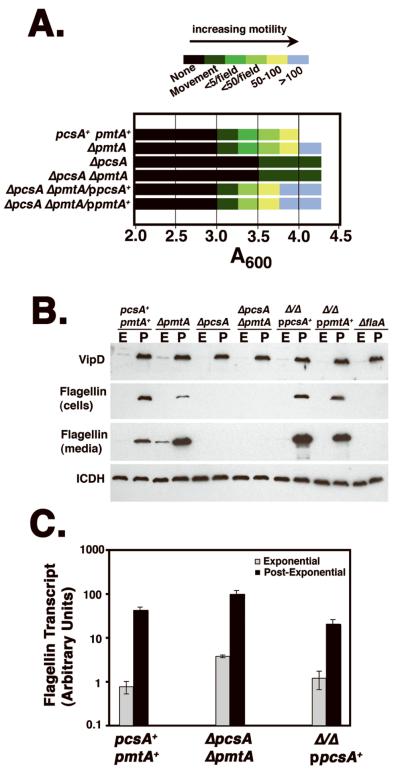Figure 6. Selective defects in L. pneumophila factors associated with high efficiency growth in host cells.
(A). A deficit in PC results in a block in induction of motility in postexponential phase. Bacteria were grown to in culture in AYE broth and at noted A600 readings, a drop of culture was placed on a coverslip and several fields using a 40X lens were analyzed for the presence of motile bacteria. The degree of motility was noted using the color-coded scale in the figure, with each color representing the number of bacteria observed moving per field. If no bacteria were showing overt motility, but there was occasional movement of tethered bacteria, these cultures were scored as “movement,” which was the first sign that some degree of motility was beginning to occur in a culture. Experiment was repeated three times. (B) The absence of PC causes a reduction in steady state flagellin production. The noted bacterial strains were grown in AYE medium (Experimental Procedures) to either exponential (A600= 1.4-1.8;“E”) or postexponential phase (A600= 3.5-4.0; “P”). The cells were adjusted to the identical densities, pelleted, subjected to SDS-PAGE on a 10% gel, and either cell pellet (cells) or culture supernatant (media) were immunoprobed with antibody to VipD, L. pneumophila flagellin or to isocitrate dehydrogenase (ICDH), to control for identical loading conditions. Strains: pcsA+pmtA+, GL233; ΔpmtA, CCL25; ΔpcsA, CCL24; ΔpmtAΔpcsA, CCL26; Δ Δ /ppcsA+, CCL39; Δ Δ /ppmtA+, CCL41. (C). The defect in flagellin production occurs at the post-transcriptional level. Bacteria from exponential (E) or post-exponential (P) phase were prepared and subjected to qPCR, using flagellin structural gene (flaA)-specific primers. Amount transcript was then determined as described (Experimental Procedures). Experiment was preformed twice.

